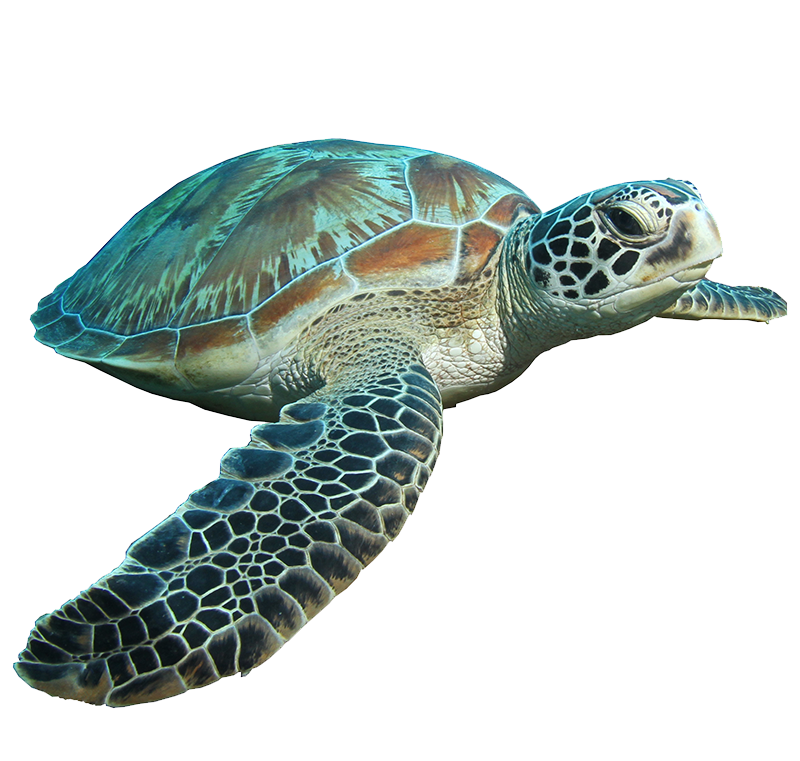AUTHORS
Shima Ziajahromi, Australian Rivers Institute and School of Environment and Science, Griffith University
Anupama Kumar, Commonwealth Scientific and Industrial Research Organisation
Peta A. Neale, Australian Rivers Institute and School of Environment and Science, Griffith University
Frederic D.L. Leush, Australian Rivers Institute and School of Environment and Science, Griffith University
HIGHLIGHTS
- Effect of environmentally relevant microplastic concentration on C. tepperi studied.
- Polyethylene microplastics negatively impacted C. tepperi‘s growth and emergence.
- Size-dependent effect was observed upon exposure to different size of microplastics.
- Exposure to 10–27 μm microplastics showed the most significant adverse effects.
- Exposure to microplastics did not change the morphological structure of C. tepperi.
ABSTRACT
Microplastics are a widespread environmental pollutant in aquatic ecosystems and have the potential to eventually sink to the sediment, where they may pose a risk to sediment-dwelling organisms. While the impacts of exposure to microplastics have been widely reported for marine biota, the effects of microplastics on freshwater organisms at environmentally realistic concentrations are largely unknown, especially for benthic organisms. Here we examined the effects of a realistic concentration of polyethylene microplastics in sediment on the growth and emergence of a freshwater organism Chironomus tepperi. We also assessed the influence of microplastic size by exposing C. tepperi larvae to four different size ranges of polyethylene microplastics (1–4, 10–27, 43–54 and 100–126 μm). Exposure to an environmentally relevant concentration of microplastics, 500 particles/kgsediment, negatively affected the survival, growth (i.e. body length and head capsule) and emergence of C. tepperi. The observed effects were strongly dependent on microplastic size with exposure to particles in the size range of 10–27 μm inducing more pronounced effects. While growth and survival of C. tepperi were not affected by the larger microplastics (100–126 μm), a significant reduction in the number of emerged adults was observed after exposure to the largest microplastics, with the delayed emergence attributed to exposure to a stressor. While scanning electron microscopy showed a significant reduction in the size of the head capsule and antenna of C. tepperi exposed to microplastics in the 10–27 μm size range, no deformities to the external structure of the antenna and mouth parts in organisms exposed to the same size range of microplastics were observed. These results indicate that environmentally relevant concentrations of microplastics in sediment induce harmful effects on the development and emergence of C. tepperi, with effects greatly dependent on particle size.








